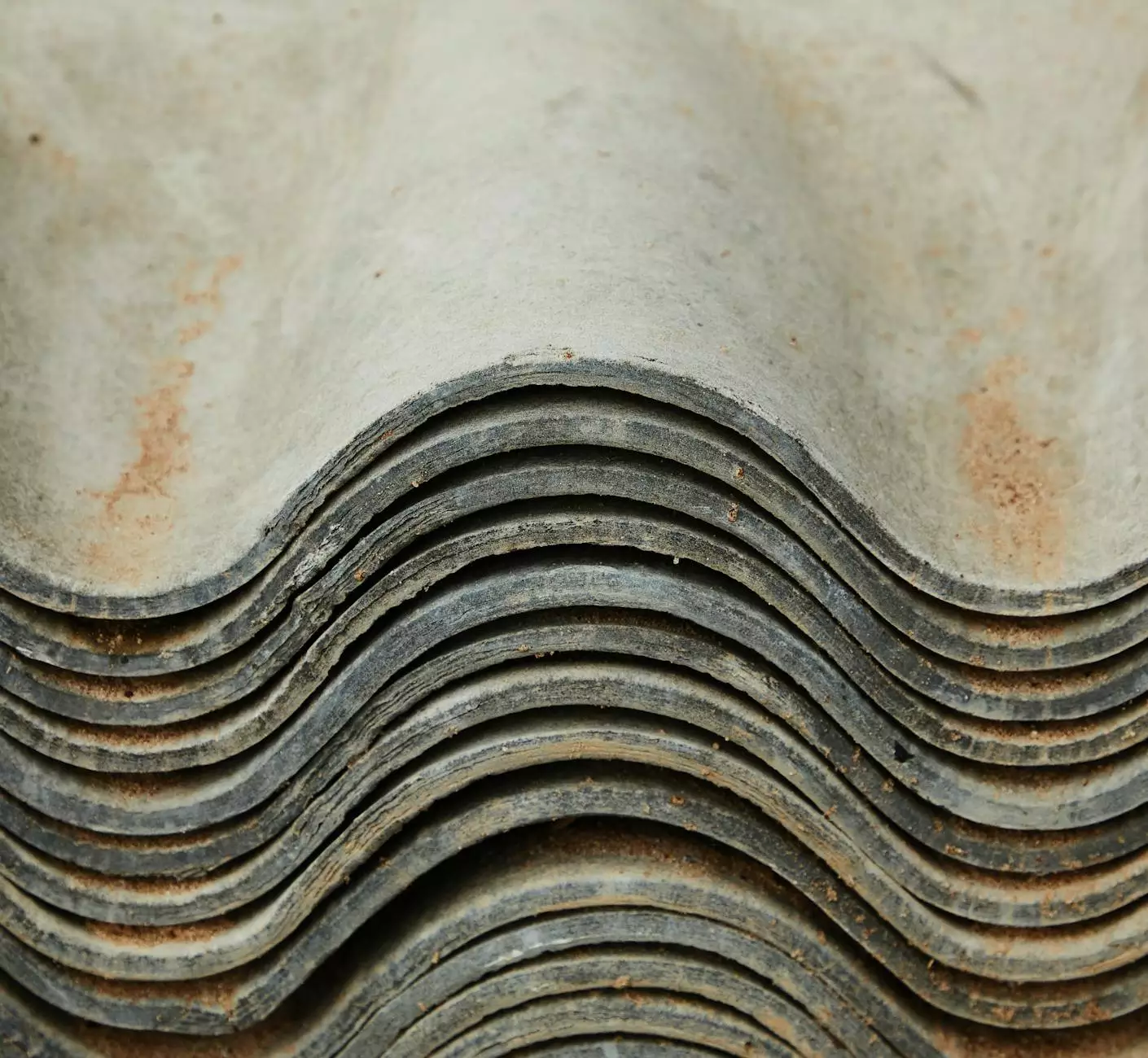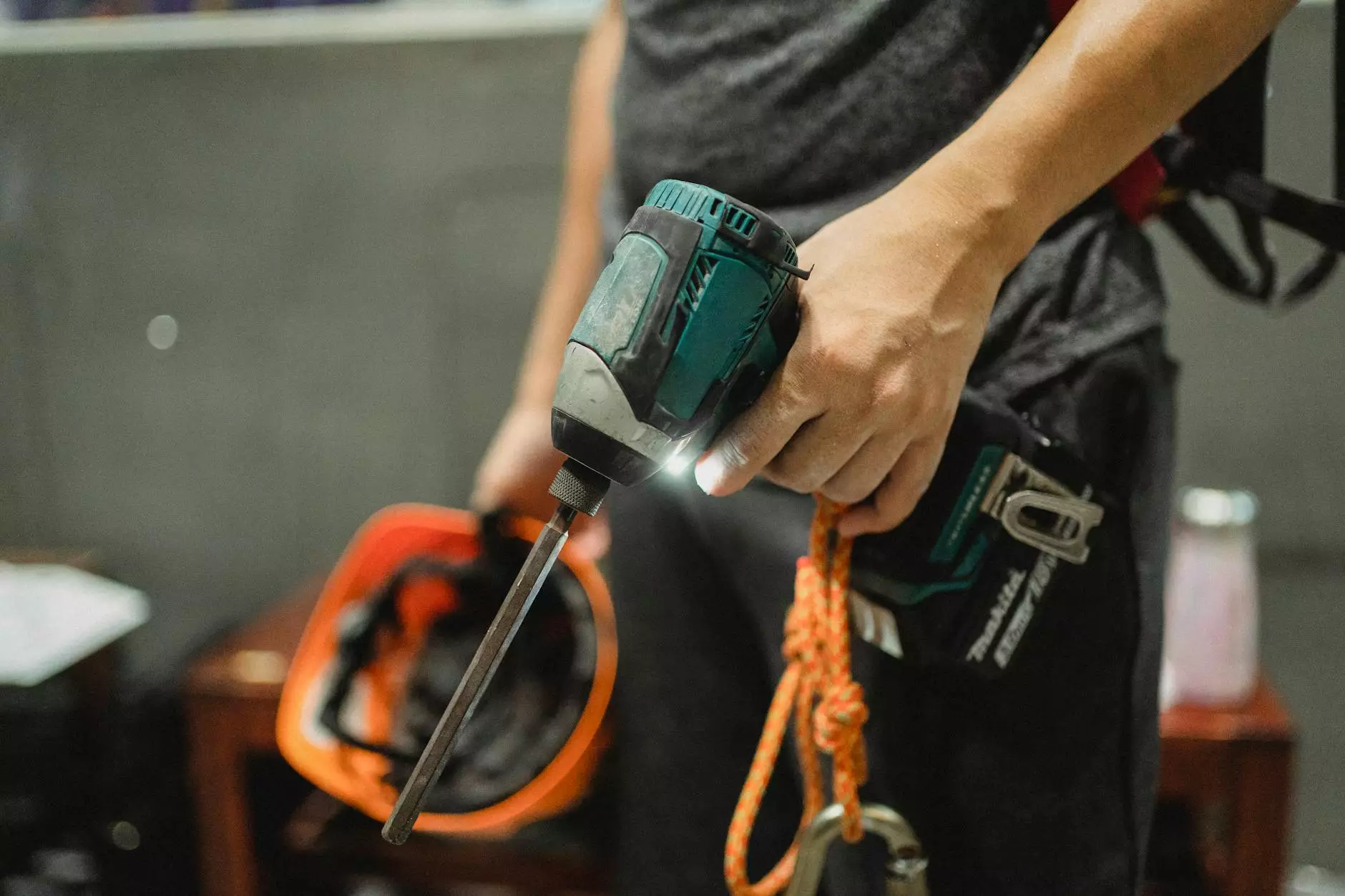5 Most Common Types of Attic Vents - Roof Master

Introduction
Welcome to Glass Works of Texas, your trusted source for all your home and garden needs. In this article, we will discuss the 5 most common types of attic vents and their importance in maintaining a well-ventilated and energy-efficient home. Proper ventilation is essential to prevent moisture buildup, reduce heat transfer, and prolong the lifespan of your roof. Let's explore each type of attic vent in detail.
Ridge Vents
Ridge vents are one of the most popular types of attic vents. They are installed along the peak of the roof and allow hot air to escape from the attic, creating a natural airflow. Ridge vents work in conjunction with soffit vents, which draw in fresh air from the lower portion of the roof. This balanced ventilation system helps regulate temperature and moisture levels, reducing the risk of roof damage and mold growth.
Soffit Vents
Soffit vents are located on the underside of the roof's overhang. They provide a constant flow of cool air into the attic, ensuring proper ventilation. When combined with ridge vents, soffit vents create a continuous airflow that effectively removes excess heat and moisture from the attic space. Soffit vents are available in various styles, including continuous vents and individual vents, allowing homeowners to choose the most suitable option for their home.
Gable Vents
Gable vents are installed on the gable ends of the roof, typically positioned in the attic's vertical walls. These vents contribute to overall attic ventilation by allowing hot air to escape and fresh air to enter. Gable vents are particularly useful in homes with attic spaces that do not have ridge vents. They come in diverse shapes and sizes, adding aesthetic appeal to the exterior of your home while improving ventilation.
Turbine Vents
Turbine vents, also known as whirlybirds, are wind-driven vents that use the natural force of wind to ventilate the attic. They have a rotating mechanism that creates a suction effect, drawing out hot air from the attic. Turbine vents are effective in areas with strong winds. They require no electricity and offer a cost-effective solution for attic ventilation. Installing turbine vents can significantly reduce the heat buildup, ensuring a cooler and more comfortable living environment.
Power Vents
Power vents, or attic fans, are electrically powered vents that actively remove hot air from the attic. They are equipped with a thermostat that automatically turns on the fan when the attic reaches a certain temperature. Power vents are particularly helpful in areas with high humidity or limited natural wind flow. They can quickly and efficiently remove heat from the attic, preventing moisture-related issues and reducing the workload on your HVAC system.
Conclusion
Proper attic ventilation is crucial for maintaining a healthy home and protecting your roof. The 5 most common types of attic vents mentioned above - ridge vents, soffit vents, gable vents, turbine vents, and power vents - offer various options to improve airflow and energy efficiency. Whether you choose a combination of these vents or focus on one specific type, it's important to consult with professionals like Glass Works of Texas to ensure proper installation and maximize the benefits of attic ventilation.
At Glass Works of Texas, we specialize in providing top-quality home and garden solutions. Contact us today for expert advice, installation, and maintenance of attic vents. Our experienced team will help you create a well-ventilated, energy-efficient home environment that enhances your comfort and saves on energy costs.









